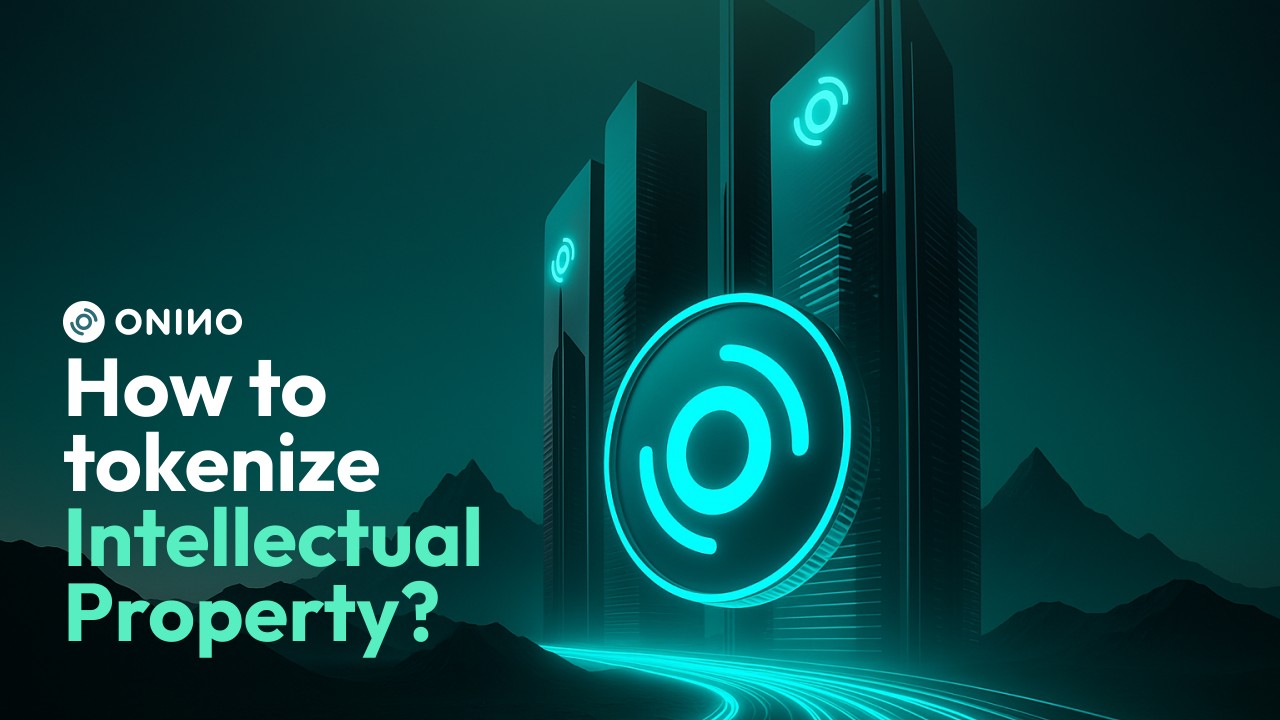Intellectual property (IP) is one of the world’s most valuable yet illiquid assets. Now, with the rise of blockchain and tokenization platforms, it’s possible to turn IP rights, like music royalties, patents, and trademarks, into digital, tradable assets. In this guide, we explain how to tokenize intellectual property, the benefits for creators and investors, and how to launch compliant IP-backed token offerings using modern infrastructure.
What Is IP Tokenization?
IP tokenization is the process of converting ownership or revenue rights from intellectual property into digital securities issued on a blockchain. These tokens represent claims on income generated by IP (e.g. royalties or licensing fees), or partial ownership in the underlying asset.
This approach enables creators and rights holders to access capital by offering IP-backed tokens to global investors on an asset tokenization platform.
Common tokenized IP assets include:
- Music royalties (from streaming, licensing, performances)
- Patents (licensing income or sale proceeds)
- Trademarks (especially franchise/branding-related revenue)
Why Tokenize Intellectual Property?
For Creators and Rights Holders:
- Access liquidity from future income streams
- Retain ownership while sharing revenue
- Raise funds without giving up full control
- Reach global investors through a tokenized investment platform
For Investors:
- Earn passive income from royalties or licenses
- Gain exposure to alternative asset classes
- Diversify into tokenized real-world assets
- Trade ownership via compliant crypto investing
How IP Tokenization Works (Step-by-Step)
1. Identify and Structure the IP Asset
- Define what’s being tokenized: income stream vs. ownership
- Use legal agreements to assign rights to a token-issuing entity (e.g., SPV or trust)
- Assess regulatory classification: is the token a security?
2. Choose a Tokenization Platform
Use a security token platform or whitelabel tokenization solution that provides:
- Legal structuring tools
- Smart contract deployment
- KYC/AML compliance
- Access to a primary token offering platform
ONINO, for example, supports regulated tokenized assets and offers tokenized asset issuance on an EVM compatible blockchain.
3. Issue and Distribute IP-Backed Tokens
- Create tokens using a tokenization SDK or platform UI
- Link tokens to expected income (e.g., % of monthly streaming royalties)
- Sell tokens to investors (fractionally, if needed)
- Handle payments via smart contracts for automated distribution
4. Manage Compliance and Reporting
- Use identity-based transfer controls (only whitelisted investors)
- Report income and distributions transparently
- Meet MiFID II tokenization and security tokens EU requirements
Real-World Examples of IP Tokenization
- Royal.io: Tokenized music royalties for indie artists
- IPwe: Tokenized patents on a blockchain registry
- Molecule: Tokenized biotech IP for decentralized R&D funding
These projects illustrate the growing market for digital securities backed by IP.
Use Cases by IP Type
Music Royalties
- Artists tokenize future royalties from streaming or licensing
- Investors receive periodic payouts
- Smart contracts track income via integrations or oracles
Patents
- Tokenize licensing rights or monetization events (e.g., litigation proceeds)
- Ideal for tech startups or research institutions
- Use tokens to fund further innovation
Trademarks
- Tokenize rights linked to franchising, licensing, or usage fees
- Useful for brand expansion without selling full IP rights
Key Benefits of IP Tokenization
- Liquidity: Monetize future earnings
- Programmability: Automate distribution with smart contract tokenization
- Fractionalization: Lower entry barrier for investors
- Transparency: Real-time tracking of ownership and income
Regulatory and Technical Considerations
- Ensure the token offering complies with local laws (e.g., tokenized securities Germany, security token issuance Switzerland)
- Work with a platform offering built-in compliant tokenization and tokenized asset APIs
- Choose infrastructure aligned with EU tokenization infrastructure standards
Conclusion
Tokenizing intellectual property enables creators, startups, and IP holders to raise capital, share value with their audience, and access global markets. Using a tokenization platform like ONINO, these assets can be issued, managed, and traded securely, turning music, patents, and trademarks into powerful investment tools.
Want to tokenize your IP? Book a demo to explore ONINO’s all-in-one solution for IP-backed digital assets.


